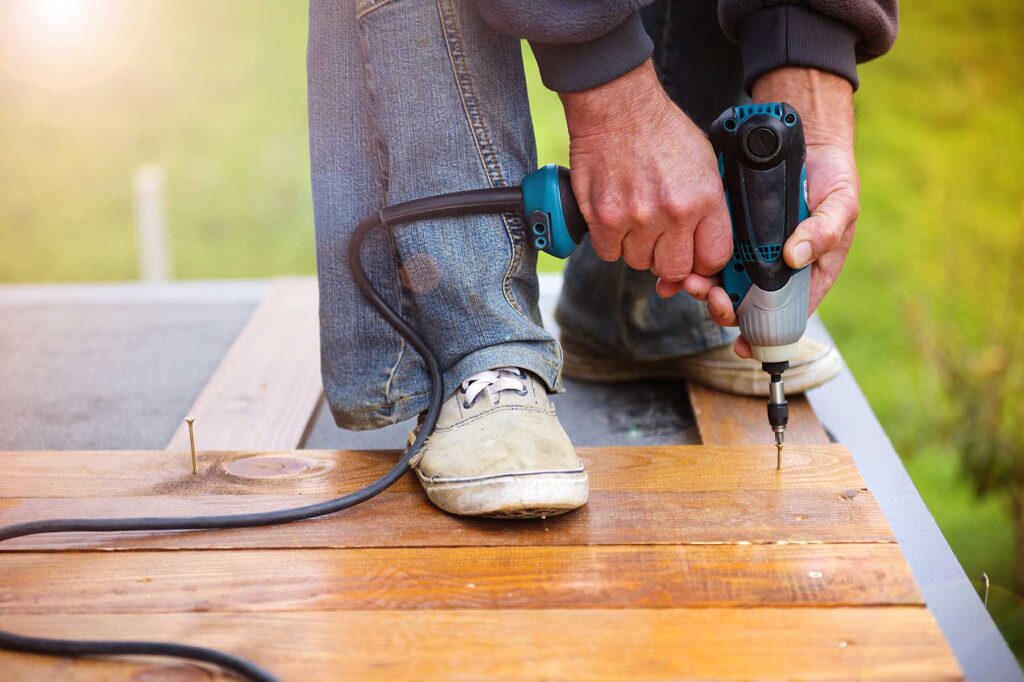Cras justo odio, dapibus ac facilisis in, egestas eget quam. Curabitur blandit tempus porttitor. Maecenas faucibus mollis interdum. Donec id elit non mi porta gravida at eget metus. Duis mollis, est non commodo luctus, nisi erat porttitor ligula, eget lacinia odio sem nec elit.
“Yesterday you said tomorrow. Just do it”—— Nike
— David Seaman —
Cras justo odio, dapibus ac facilisis in, egestas eget quam. Curabitur blandit tempus porttitor. Maecenas faucibus mollis interdum. Donec id elit non mi porta gravida at eget metus. Duis mollis, est non commodo luctus, nisi erat porttitor ligula, eget lacinia odio sem nec elit.
Malesuada Nullam Vulputate
Integer posuere erat a ante venenatis dapibus posuere velit aliquet. Cum sociis natoque penatibus et magnis dis parturient montes, nascetur ridiculus mus. Donec id elit non mi porta gravida at eget metus.
Give quoted text visual emphasis. “In quoting others, we cite ourselves.” —— Julio Cortázar




Cum sociis natoque penatibus et magnis dis parturient montes, nascetur ridiculus mus. Vestibulum id ligula porta felis euismod semper. Maecenas faucibus mollis interdum. Vivamus sagittis lacus vel augue laoreet rutrum faucibus dolor auctor. Cum sociis natoque penatibus et magnis dis parturient montes, nascetur ridiculus mus. Cras justo odio, dapibus ac facilisis in, egestas eget quam. Donec sed odio dui.






